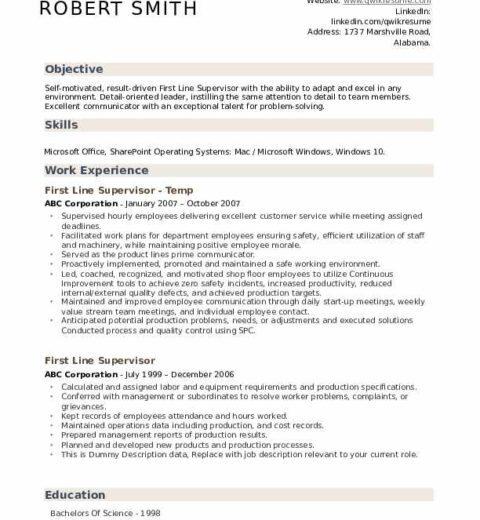In the competitive landscape of job searching, a resume stands as a quintessential document that encapsulates an individual’s professional journey. It serves not merely as a list of qualifications and experiences, but as a strategic marketing tool that can significantly influence hiring decisions. Understanding the definition, purpose, and craft of an effective resume is paramount for job seekers aiming to gain traction in their desired fields.
What Is a Resume?
A resume is a formal summary of an individual’s career history, skills, education, and accomplishments. Typically one to two pages in length, it provides employers with a succinct overview of a candidate’s qualifications tailored to a specific position. Resumes come in various formats, including chronological, functional, and combination styles, each designed to highlight pertinent information based on the job seeker’s career trajectory and the demands of the job market.
The earliest resumes originated as mere outlines of a candidate’s career, but over time, they have evolved into sophisticated documents that incorporate elements of personal branding. A well-structured resume is not just a reflection of experiences, but also a narrative that conveys a professional identity, encapsulating aspirations and competencies that align with potential employer needs.
The Purpose of a Resume
The primary purpose of a resume is to secure an interview. It acts as a marketing document that showcases an individual’s value proposition to prospective employers. However, its significance extends beyond mere job acquisition. A resume serves several crucial functions:
- First Impressions: A resume often forms the initial point of contact between a job seeker and a potential employer. A professionally crafted resume can create a favorable impression, potentially setting the tone for future interactions.
- Showcase Skills and Achievements: The resume is an opportunity for candidates to present their skills and notable achievements succinctly. This allows hiring managers to gauge a candidate’s suitability for the position quickly.
- Highlight Personal Branding: In an era where personal branding is paramount, a resume plays a critical role in establishing an individual’s unique professional identity. Elements such as format, language, and the inclusion of personal projects can differentiate a candidate from others.
- Facilitate Networking: A resume is not solely for job applications; it can also aid in networking scenarios. It can act as a mini bio that candidates can share within their professional circles, enhancing visibility and opportunities.
Winning Tips for Crafting an Effective Resume
To craft a stellar resume, job seekers must approach the task with strategic intent. Here are essential tips for creating a compelling document:
- Tailor Your Resume: One of the cardinal rules in resume writing is customization. Each resume should be adapted to align with the job description, emphasizing relevant skills and experiences that match the targeted role. A generic resume is unlikely to yield results.
- Utilize Action Verbs: Employ dynamic action verbs to convey achievements and contributions robustly. Words like “designed,” “implemented,” and “optimized” provide a vivid account of a candidate’s accomplishments, making the resume more engaging.
- Quantify Achievements: When possible, include specific metrics that illustrate the impact of your efforts. For instance, rather than stating, “increased sales,” consider “boosted sales by 25% over six months.” Numbers provide credibility and leave a lasting impression.
- Maintain Clarity and Simplicity: A resume should be easily digestible. Use clear headings, bullet points, and a logical structure that guides the reader through the content. Avoid clutter and excessive jargon that may obfuscate your message.
- Incorporate Keywords: Many employers utilize applicant tracking systems (ATS) to screen resumes. Including industry-relevant keywords can enhance the chances of passing through these systems. Analyze job postings to glean appropriate terminology.
- Consistent Format: A polished resume represents professionalism. Use a uniform font, consistent spacing, and standard margins to create a cohesive look. This attention to detail communicates an applicant’s dedication and organizational skills.
- Proofread Diligently: A resume riddled with typos or grammatical errors can detract from even the most impressive qualifications. Thoroughly review the document or seek a second pair of eyes to ensure immaculate presentation.
- Consider Design Elements: While content is king, design should not be overlooked. An aesthetically pleasing resume that employs thoughtful layout and contemporary design elements can captivate the attention of hiring managers. However, balance is key; the design should enhance, not overshadow, the content.
Conclusion
A resume is more than just a formal document; it is a narrative that encapsulates an individual’s professional essence. By understanding its definition, recognizing its multifaceted purposes, and employing strategic tips in crafting the document, job seekers can significantly enhance their chances of capturing the interest of potential employers. The art of resume writing lies not just in showcasing experiences but in curating them to resonate with the aspirations and requirements of the modern job landscape. Navigating this landscape with a compelling resume can open doors and opportunities that lead to fulfilling careers.




